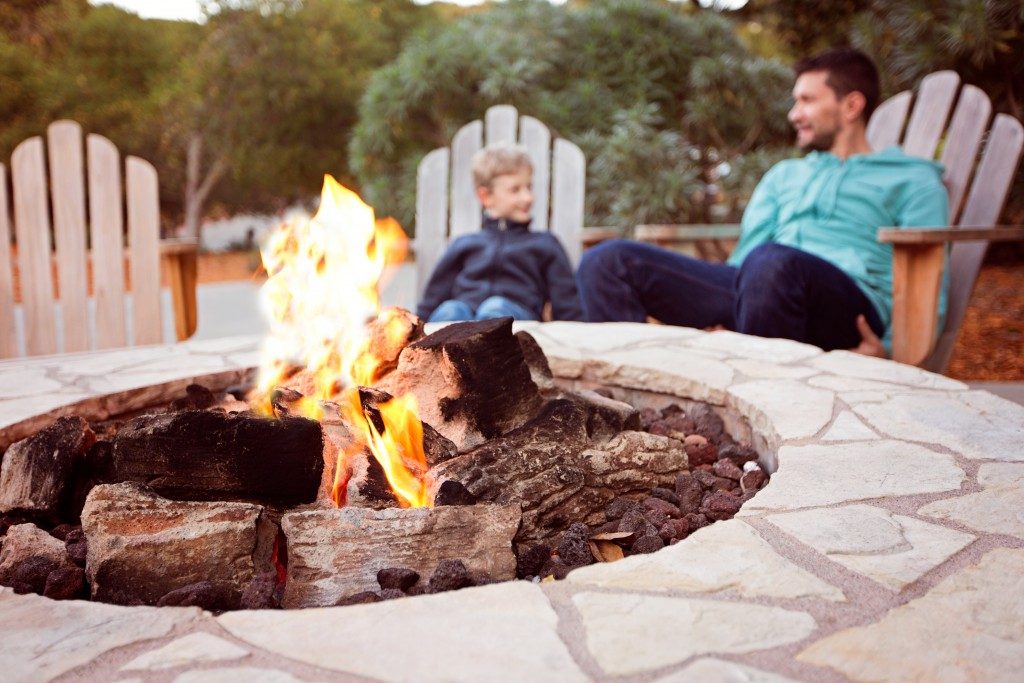Spending your night outdoors underneath the clear night sky is a great way to enjoy your friends’ company. Imagine sharing beers while roasting marshmallows—a fun way to catch up with everyone. But did you know that not every wood is perfect for your outdoor fireplace?
Although all types of wood eventually burn, not every log is perfect on the fire pit. Some won’t even light up if you use the wrong kind of wood. To help keep everyone in your mini-reunion warm, here are a few types of wood that you need to avoid when you go to a fireplace store in Salt Lake City.
Green Wood
Using freshly cut wood fire in your fire pit won’t do you any good. Freshly cut wood, or otherwise known as green wood, often has sap inside that needs to dry out first. Using it as soon as it is cut only makes it hard for you to light it. Even worse, it also produces horrible smoke that’s unsightly for everyone.
So, when buying wood, ask the seller when they cut it down to know if you have green wood or not. Another way to know is by checking the bark. A bark that’s still sticky with sap is a huge sign that it’s freshly cut wood.
Big Wood

Another type of wood that you should stay away from is big chunks of wood. Is a log too long to fit inside your fire pit? Let it go. Ensure that it’s less than 5 inches in diameter so that it will burn quickly. A log beyond 5 inches will need to be split in half before you can use it. Although re-cutting it is a drag, doing so will make it much easier to produce fire.
Non-Native Wood
Bringing in non-local wood increases the chances of bringing in a few invasive wood pests into the local wildlife. Pests tend to travel at a slow pace on their own. Carrying an infected log in a new area sadly only helps spread it even more. It also puts millions of trees in danger because of these invasive pests.
Leave any wood if you went camping in a remote area. There’s a huge chance that it has non-native pests that can wreak havoc in your community.
How to Get the Most Out of Your Firewood
An ideal way to burn wood is to rotate your firewood so you’ll burn the older dryer wood first. Doing so will help avoid wood rot, which will put all your efforts to waste. It’s also ideal for checking the moisture content in the firewood that you’ll be using. The ideal moisture content is 15 to 25%. Anything lower than 15% will make it difficult for you to start a fire.
Learning which types of wood to avoid will ensure that you’ll get the most out of your firewood. It will also save you a lot of money from buying scraps that you won’t be able to use. It’s best to ask the fireplace store for their recommendations on what wood to use for your fire pit.

